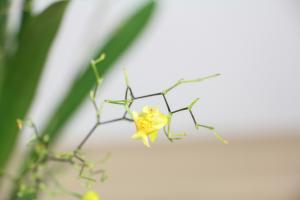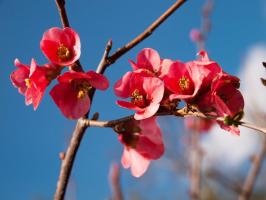What Part of the Plant Releases Water Vapor?
Plants are complex organisms that perform a variety of functions, including photosynthesis, respiration, and transpiration. While most people are familiar with the process of photosynthesis, where plants absorb carbon dioxide and release oxygen, not many know about transpiration. Transpiration is the process by which plants release water vapor into the atmosphere. But what part of the plant is responsible for this crucial function? This article aims to shed some light on that question.
The Role of Stomata in Transpiration
The release of water vapor occurs through a structure called the stomata. The stomata are small pores present on the surface of the leaves, stems, and other parts of the plant. They play a vital role in regulating gas exchange and water balance within the plant. When the stomata are open, they allow water molecules to exit the plant through the process of transpiration.
The Function of Xylem in Transpiration
The process of transpiration is enabled by the xylem, a specialized tissue in plants that moves water and nutrients from the roots to the different parts of the plant. Water is absorbed by the roots and carried upward in the xylem tissue to the leaves. From there, the water molecules evaporate and escape through the stomata, releasing water vapor into the atmosphere.
Factors that Affect Transpiration
Transpiration is influenced by many factors, including environmental conditions and the physiological state of the plant. High temperature and low humidity levels increase the rate of transpiration, as the water molecules escape more easily into the drier atmosphere. Wind also plays a role as it can increase the rate of evaporation from the leaves. The amount of available water, the size of the plant, and the amount of sunlight it receives also affect the rate of transpiration.
The Significance of Transpiration
Transpiration plays a crucial role in the water cycle and the regulation of global climate. The process releases large amounts of water vapor into the atmosphere, contributing to the formation of clouds and increasing the likelihood of precipitation. It also helps to regulate the temperature of the plant and protect it from overheating. In addition, transpiration is essential for the absorption of minerals and nutrients from the soil into the plant's roots.
In Conclusion
In summary, the stomata and xylem are the two primary structures responsible for transpiration in plants. A thorough understanding of transpiration and its role in the plant ecosystem is essential in the study of botany and ecology. It is also crucial in the larger context of climate change, water conservation, and sustainable agriculture.

 how many times do yo...
how many times do yo... how many planted tre...
how many planted tre... how many pine trees ...
how many pine trees ... how many pecan trees...
how many pecan trees... how many plants comp...
how many plants comp... how many plants can ...
how many plants can ... how many plants and ...
how many plants and ... how many pepper plan...
how many pepper plan...































